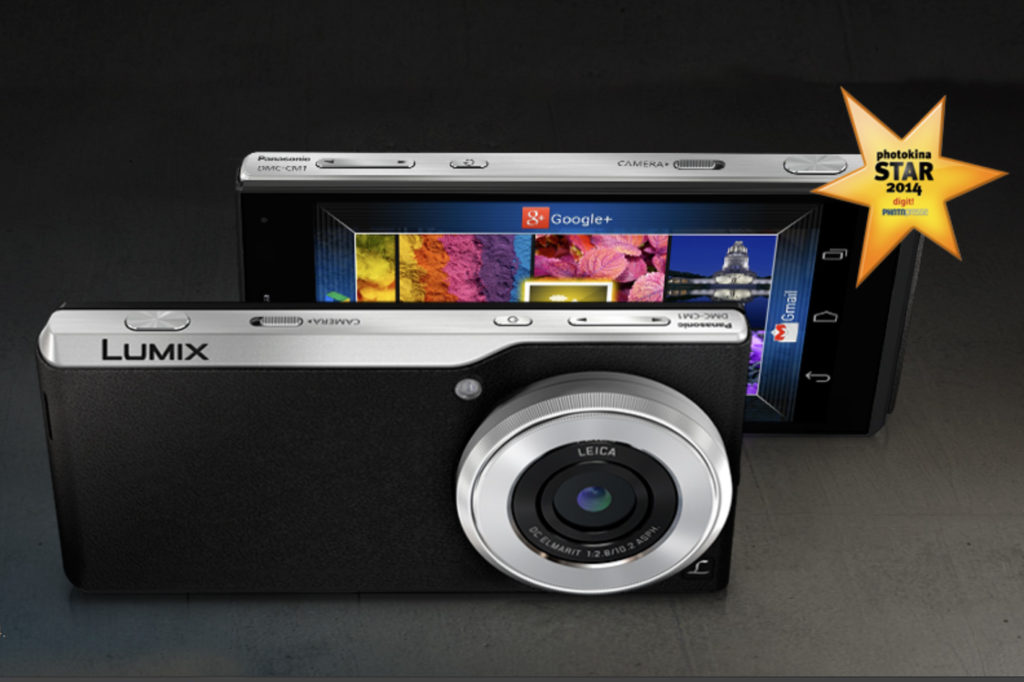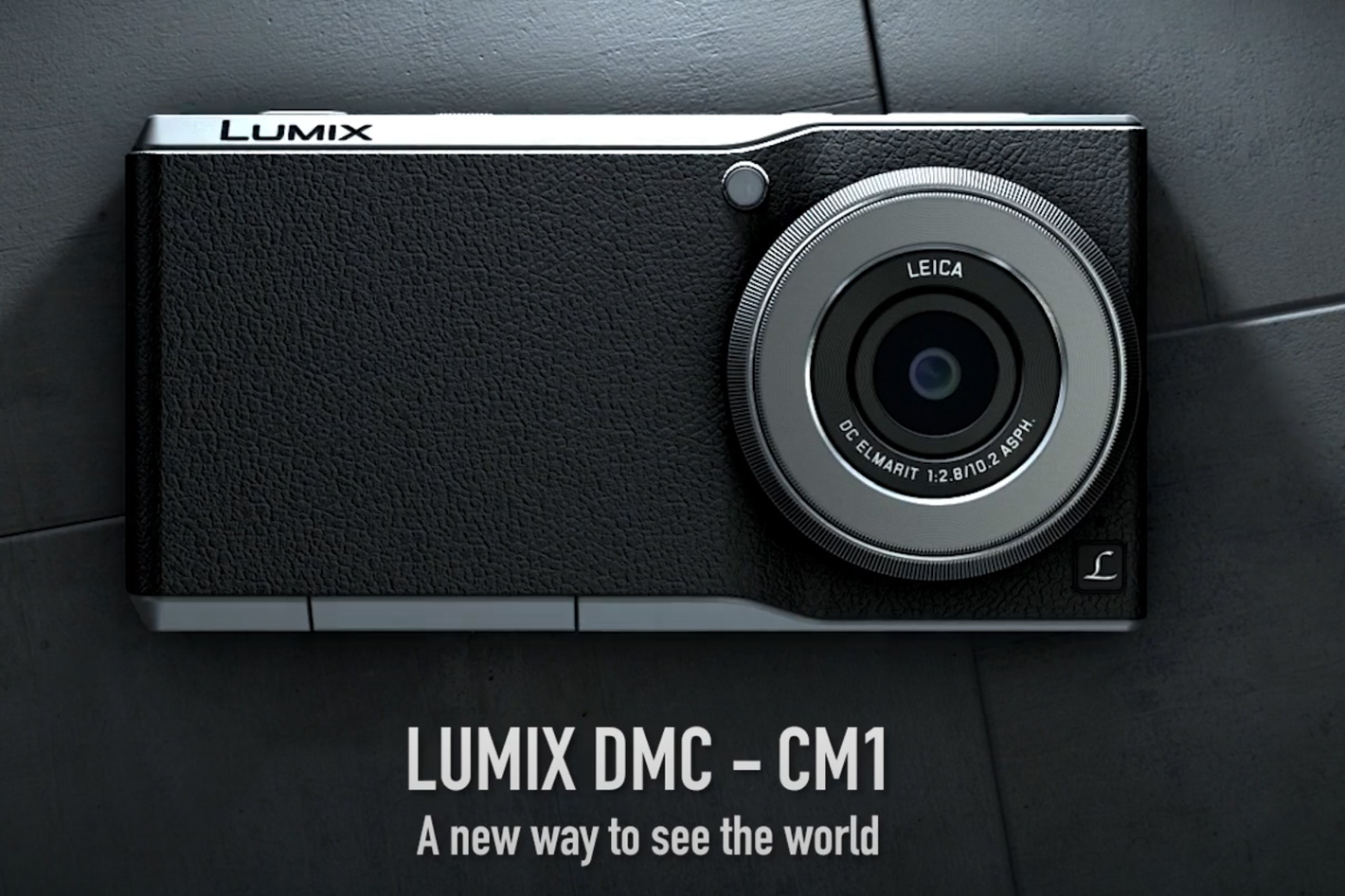 When Panasonic says lightweight cameras that can be carried around all the time like smartphones will come, the image of a LUMIX CM1 is all I can see. Is the camera-smartphone concept coming back?
When Panasonic says lightweight cameras that can be carried around all the time like smartphones will come, the image of a LUMIX CM1 is all I can see. Is the camera-smartphone concept coming back?
Panasonic’s director of imaging suggested, in a recent interview, that AI will do everything for you, from framing to choosing the exposure… as if that’s what photography is all about. As everyone seems to believe AI is the new savior of the market, we see smartphones technology rise – with good and bad things in the baggage – while conventional cameras appear to be at a crossroads, with companies not knowing which way to go.
We will see more of this dilemma at CP+ next February, as camera companies continue to – try – to lure users to their models and away from smartphones. Camera families that are shrinking in size and the marketing promoting them clearly suggesting “this is better than a smartphone” are an evident sign that the industry is not sure where to go next.
Cameras may connect with smartphones and yes, they may have more functions to make the whole process easier, but I doubt that, unless people really want to have a camera to use, they will bother, no matter what camera companies try to sell them. Let me put it as simply as I see it: cameras, even with AI (which is now a big word everybody loves to use), will never beat smartphones. Why? Keep reading.

Will smartphones surpass the quality of DSLRs?
I’ve written this before and wrote it again recently. Here it goes, one more time: while photographing with a smartphone does create some challenges, I find that once you understand the limitations – and the kind of work you do allows to use a smartphone as a tool – it’s “business as usual”. One of the advantages, for editorial work, if you’ve access to the Internet, is how easy it is to send a series of photos right after taking them, to share ideas about a project while you’re in the field.
As I noted in a previous article, “I remember those old days, back in the early 80s – of last century – when I would phone back, from a phone booth, to the newspaper desk to discuss aspects of a shoot that would take hours until completion, as films had to be developed and printed after the images were captured. Now you’ve everything in a small device you carry in your pocket: camera, editing tools and ways to send images directly to editors.”
Smartphones work as self-contained multimedia powerhouses, offering everything from capture to editing, and that’s something no actual camera – from those that are common – can do. You’ll see again, at the next photography fair, CP+, camera companies trying to sell the idea that a camera is “a smartphone’s best friend”, and trying to convince people to use a camera instead of a smartphone, but what you’ll see at those events is people grabbing their smartphones to take photos and videos. Why use two devices when one does all the work?
The interview I mentioned above, with Yosuke Yamane, Vice President of Panasonic’s Entertainment and Communication business and director of its imaging business unit, published by DPReview, is something photographers and videographers should read, because it reflects how companies are looking at the use of Artificial Intelligence in upcoming cameras. This is not new, as back in November 2022 I noted that Qualcomm’s vice-president of product management for cameras, Judd Heape, claimed that “image quality on smartphones will surpass that of a DSLR” and added “imagine a world from the future where you’d say ‘I want the picture to look like this National Geographic scene,’ and the AI engine would say ‘okay, I’m going to adjust the colors and the texture and the white balance and everything to look like and feel like this image you just showed me’.”
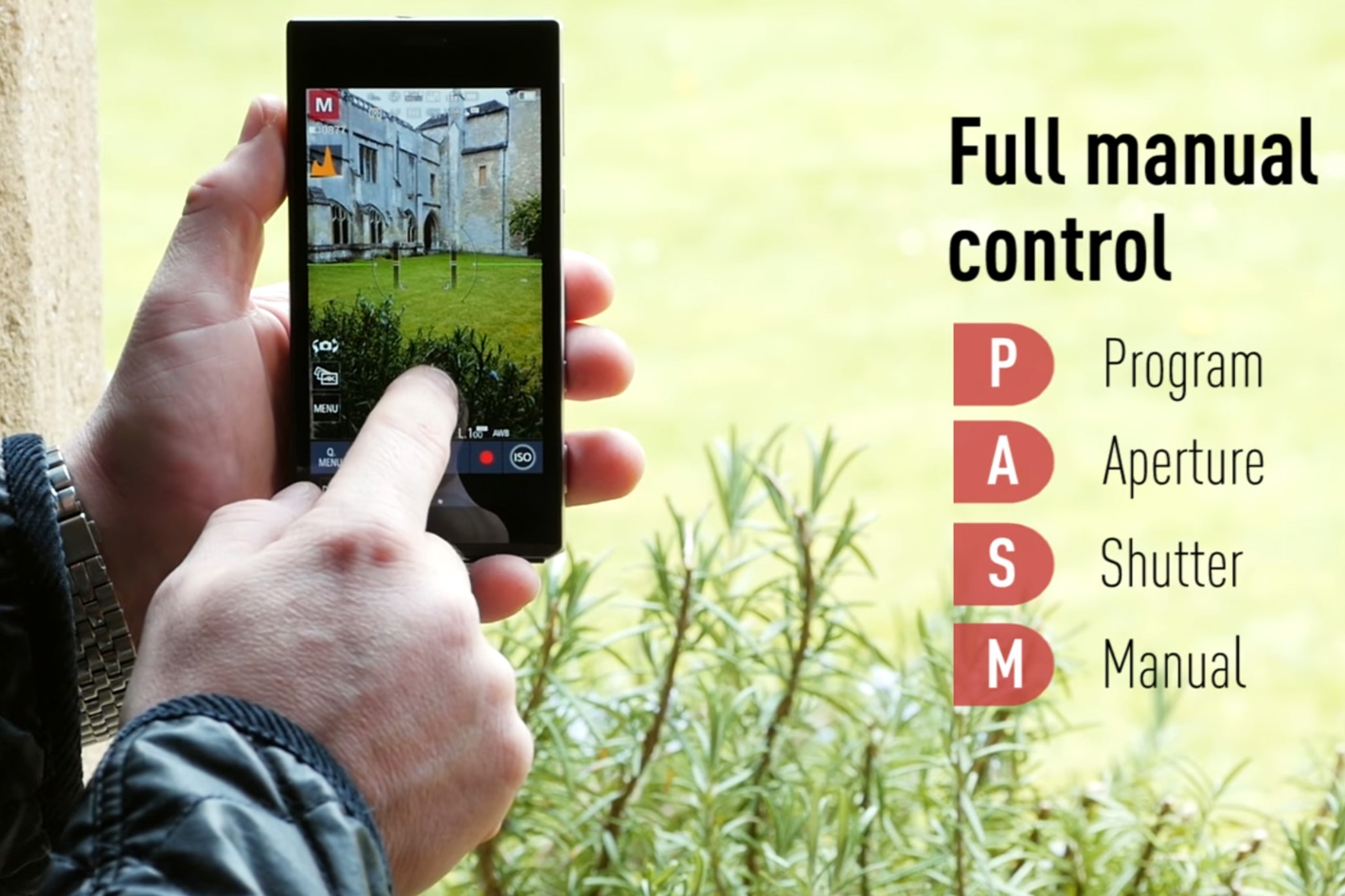 AI to reduce shooting mistakes
AI to reduce shooting mistakes
Using AI to produce thousands of “copies” is not the best marketing solution if you want to attract photographers to smartphones, in my humble opinion, but this idea that AI can do everything for you continues to be the new mantra and we see it again in the interview with Panasonic’s director of imaging. Suggesting that AI can play an increased role in workflows he said “if cameras automatically reflect the intentions of creators through AI – such as AF, which is already being used with AI – as well as color, exposure, and framing, we believe that shooting mistakes will be greatly reduced in the future, and this will contribute to reducing shooting time.”
Decades ago, when analog cameras started to use computers inside, they had built-in tutorials – like, modernly, the DSLR Nikon D3000, from 2009 – , that tried to help inexperienced users to understand the rules of photography and the technology. Now, apparently, we are asked to trust AI to do everything for us. Is this really photography? As I’ve written before reflecting on the use of Artificial Intelligence, “too much AI can kill you”. Or kill your creativity and, with it the challenges and pleasure of being creative…
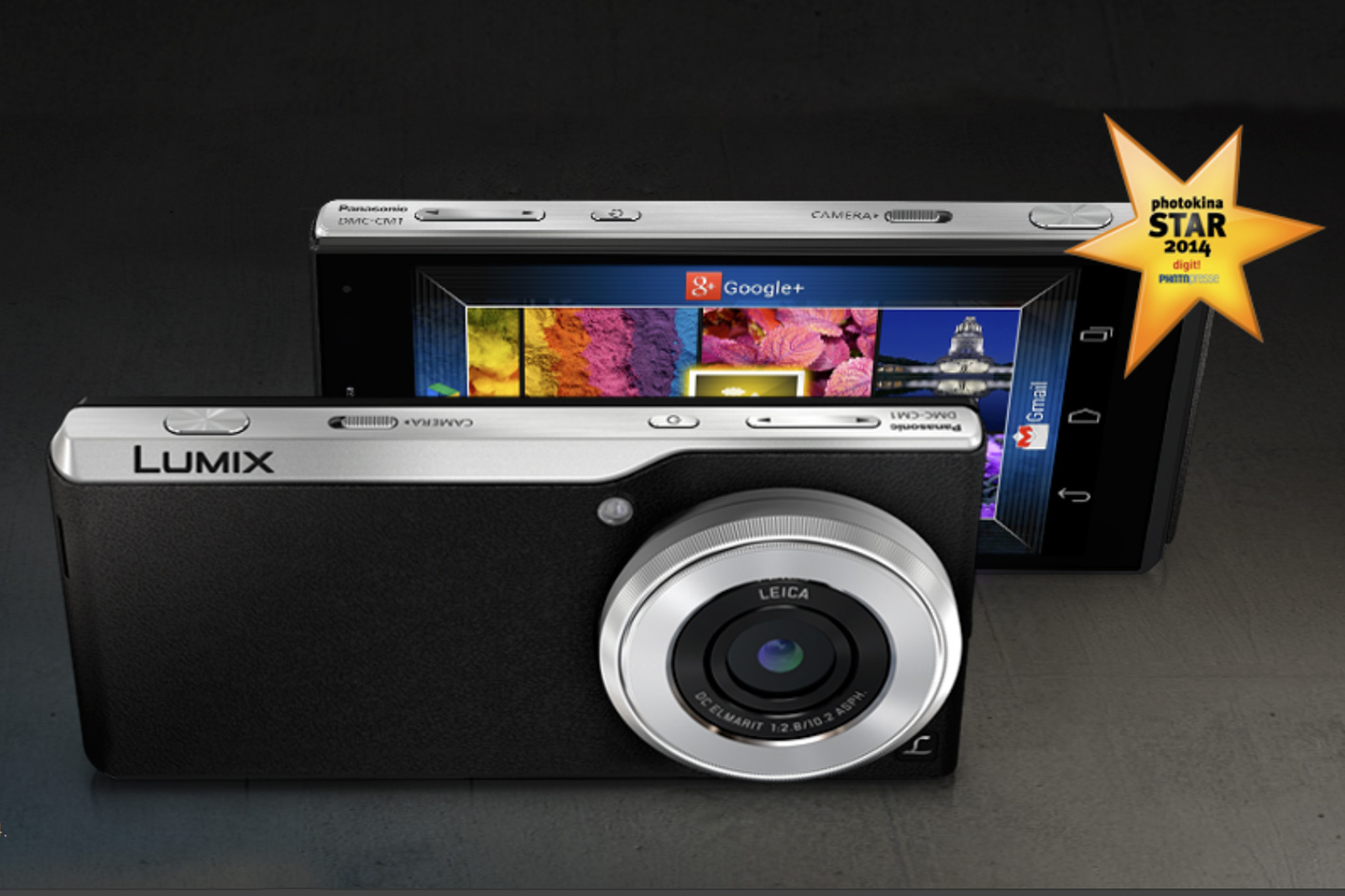 It does not stop there, though. Panasonic’s Yosuke Yamane said “furthermore, we believe that using AI in editing will make workflows more efficient. In terms of the overall workflow, one-man-operation creators spend a great deal of time editing, and if they can automatically edit as the creators intend with one push, I think they will be able to produce more and more attractive content, which will broaden the field for creators.”
It does not stop there, though. Panasonic’s Yosuke Yamane said “furthermore, we believe that using AI in editing will make workflows more efficient. In terms of the overall workflow, one-man-operation creators spend a great deal of time editing, and if they can automatically edit as the creators intend with one push, I think they will be able to produce more and more attractive content, which will broaden the field for creators.”
In the same interview Panasonic’s director of imaging suggests that cameras being able to anticipate what you’re trying to achieve could have benefits for people less familiar with dedicated cameras, adding that “by combining Micro Four Thirds with AI and other technologies, we hope to convey the advantages of cameras to casual users.”
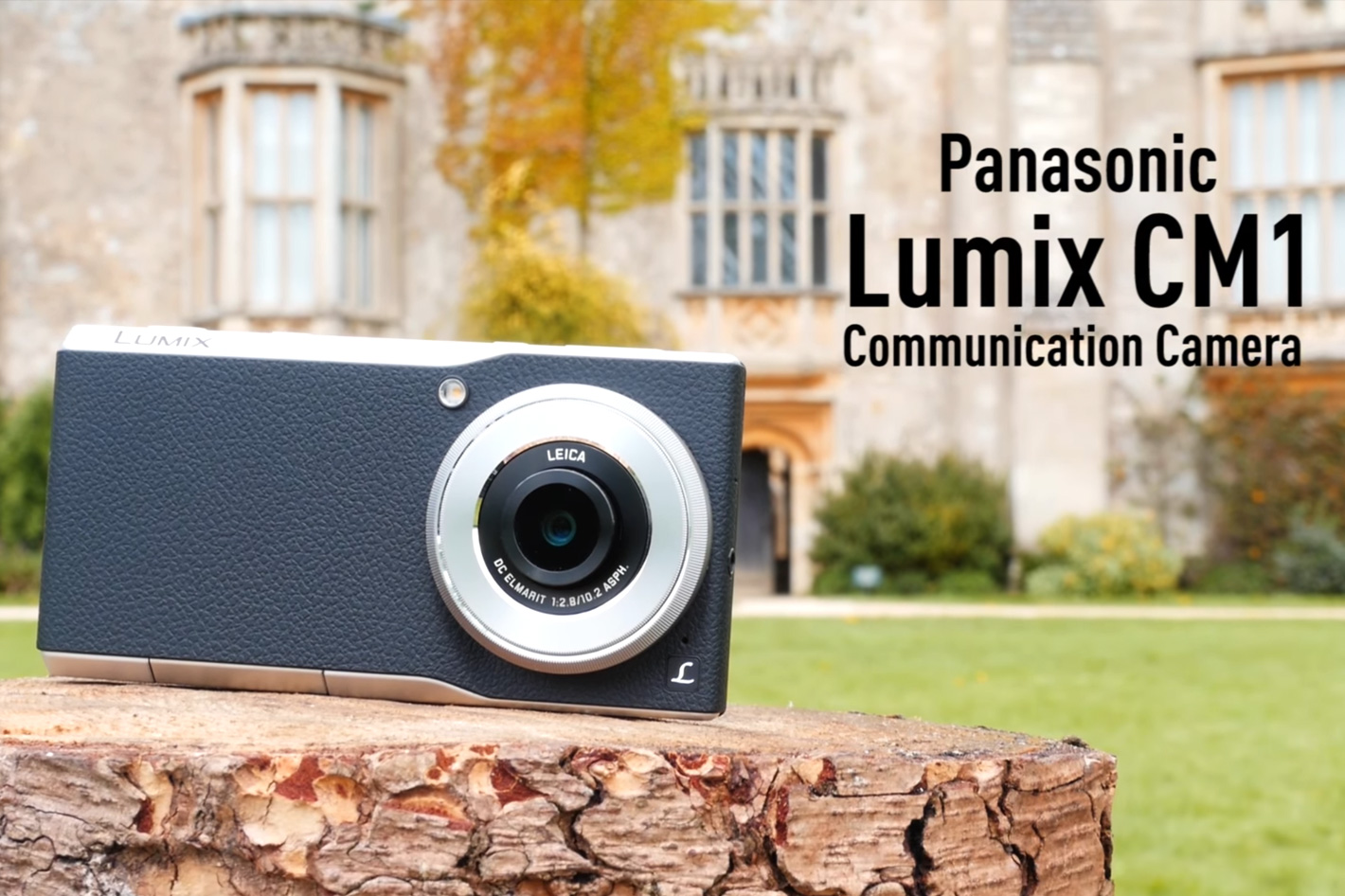 LUMIX CM1, a Communication Camera
LUMIX CM1, a Communication Camera
One final quote from the interview reveals the dilemma camera companies face; Yosuke Yaman said, “I think the need for small, lightweight cameras that can be carried around all the time like smartphones will increase, especially among the younger generation.”
When I hear that, I tend to imagine a new version of Panasonic’s LUMIX CM1, introduced in 2014 and rapidly forgotten. The camera that was a smartphone – or vice-versa – had a Leica (yes the same Leica that Panasonic has partnerships with) lens, a 28mm focal length with a selectable aperture from a fast f/2.8 to f/11, something modern smartphones still can not offer. With a 1 inch-type 20MP sensor, it offered at the time a capturing eye much bigger than the 1/3″-type sensors common on most smartphones.
While it is true that some high-end smartphone models now offer sensors with the same dimensions, in one aspect the LUMIX CM1 continues to be ahead: it can use external lenses, with the help of a 37mm step ring to which the external lens connects. This means it can be the base for an expanding photography kit… although it is not something most users would dare to do. Now, if Panasonic could come with a new model, updated, maybe they could return to the smartphone market… with a camera that would be the bridge between two worlds: cameras and smartphones.
Panasonic and Leica, who have cooperated for a long time and are partners in the L-mount Alliance (along with Sigma), and the L² Technology, where Lumix and Leica brands share resources and technology throughout the development process, may be in a good position to move the market forward and present a new concept of camera that recreates the concept Panasonic tried to sell with the CM1: that of a Communication Camera, which was the designation of that model from almost a decade ago.
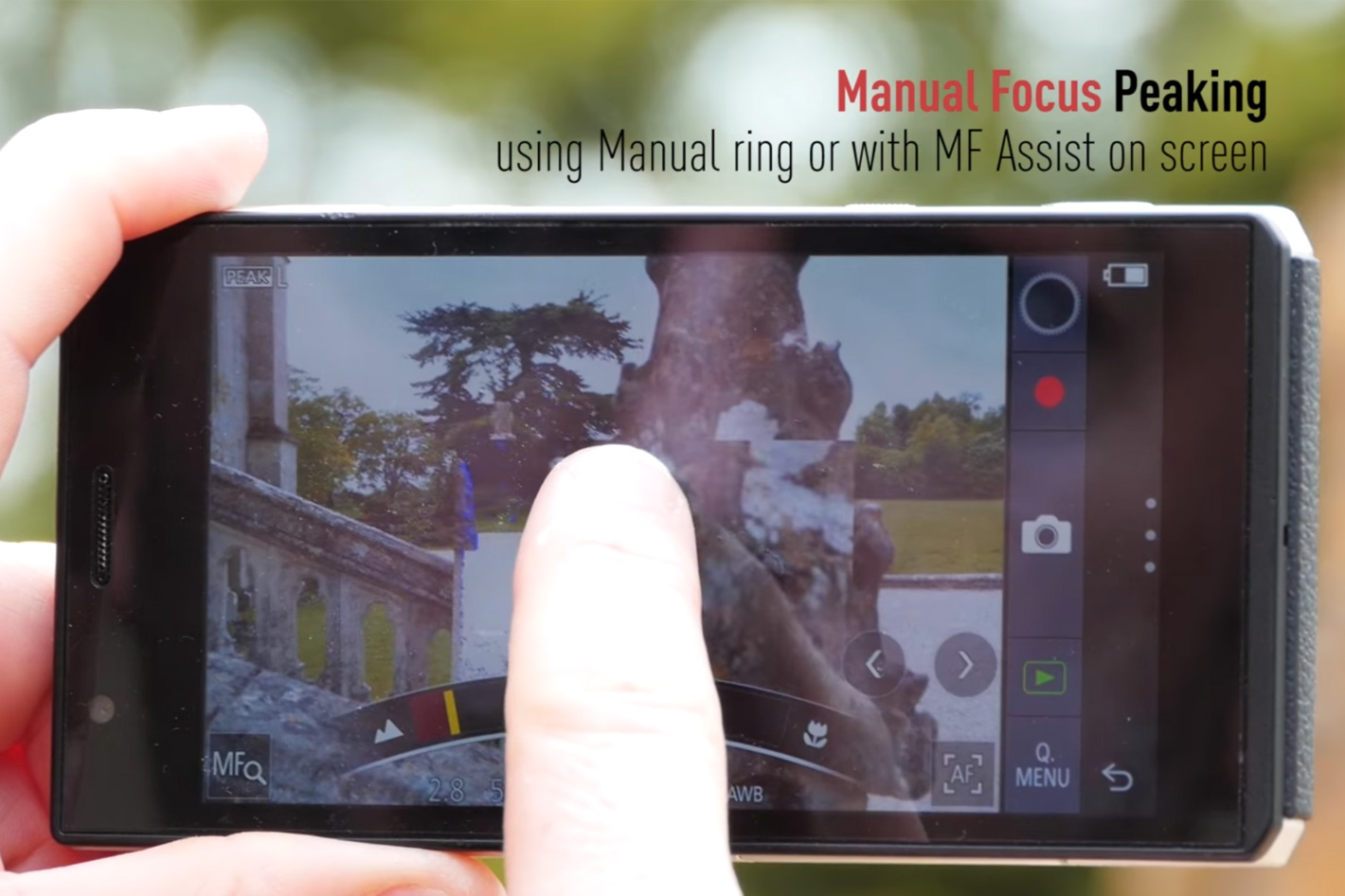 It’s not the size of the brush that matters…
It’s not the size of the brush that matters…
Leica’s experience with smartphones may be helpful in developing solutions that appeal to smartphone users who also want a camera. Because it does not matter how much companies try to sell you the idea that for serious photography you need a camera, smartphones are moving forward and offering options that appeal to a growing number of enthusiasts, even those who want more than snapshots.
The upcoming Samsung Galaxy S23 Ultra, which will be revealed on February 1, packs a renewed camera that offers more quality and versatility – including optical lenses with 13, 23, 70 and 230mm, like the S22 Ultra – will take smartphone photography a step forward, and promises to rewrite some of the things it’s possible to do with a smartphone. A friend called me, a couple of days ago, asking for a tripod suggestion to use with his long lens and camera when travelling. He said he wanted a tripod “small enough to take with me, else it doesn’t work”, and I suggested that maybe a smartphone like the S23 Ultra – he has the S21 Ultra – would be a better choice. That and a smaller tripod. I think I convinced him as one year ago I convinced another friend and photographer to ditch her cameras for most of the work she does.
It’s not the size of the brush you use to paint that’s important, it is more how you use it that matters. While I understand that “the right tool for the job” continues to be the correct answer, I’ve found, through experience, that smartphones can, in many ways, be the right tool in the right moment. And if you doubt their quality is on the rise, a recent video published by the Spanish website Photolari raises an interesting question: can you spot the difference between the photos taken with a 60MP Sony A7R V and a 48MP iPhone 14 Pro? Not just on the screen, but also printed on paper. The video does not have closed captions in English, but, if you’re not familiar with the language, you can copy the transcript to get the answer.
Meanwhile, camera companies will be at the CP+ fair, in Japan, showing their new, smaller camera models, that aim to compete with smartphones. Most attendees will, no doubt, grab their smartphones to take pictures of those shrinking cameras… Shrinking in size and probably market share.

Filmtools
Filmmakers go-to destination for pre-production, production & post production equipment!
Shop Now